Miller Leather Firefighter Helmet
$1,289.00
Leather Firefighter Helmet: The Ultimate Guide to Traditional Head Protection
There’s something unmistakable about the sight of a leather firefighter helmet. It’s more than just protective gear—it’s a symbol of history, pride, and unwavering courage. For generations, these helmets have protected firefighters entering burning buildings, and today, they remain a powerful connection to the rich heritage of the fire service.
If you’re considering a leather firefighter helmet for yourself or your department, you’re likely weighing tradition against modern technology. This comprehensive guide is here to help. We’ll explore everything you need to know about leather firefighting helmets, from their historical roots and safety certifications to how to choose, maintain, and customize your own.
About the Author: Our fire safety equipment specialists include former firefighters with over 15 years of field experience. We’ve tested and evaluated various leather helmet firefighter models to provide firsthand.
Why Choose a Leather Firefighter Helmet? The Enduring Appeal
In an era of advanced composites and lightweight materials, why do leather firefighting helmets remain so popular? The reasons are both practical and symbolic.

Unmatched Durability and Character
High-quality, vegetable-tanned leather is incredibly tough. It offers excellent resistance to impact, abrasion, and punctures. Unlike synthetic materials, a firefighter leather helmet develops a unique patina over time. Each scratch and scuff tells a story, making it a personal record of your service.
A Link to Firefighting Heritage
The leather firefighter helmet is a direct link to the origins of organized firefighting. Wearing one is a way to honor the bravery of those who came before you. It’s a statement of pride in the timeless traditions of the service.
Practical Performance
Many firefighters swear by the stability of a leather helmet in high-wind conditions during roof operations. The weight, while heavier than composites, can provide a sense of solidity and protection that some prefer.
Understanding the Anatomy of a Leather Fire Helmet
Before you start looking for leather firefighter helmets for sale, it’s helpful to understand the key components.
-
The Shell: The main body, typically made from full-grain leather. This is the primary protective layer.
-
The Brim: The extended front (visor) and rear (duckbill) that help divert water and debris away from your neck and coat collar.
-
The Front Piece: The metal or leather shield where your name, rank, or company number is displayed.
-
The Suspension System: The interior webbing that ensures a secure and comfortable fit, absorbing impact.
-
The Thermal Liner: The critical inner layer that provides protection from extreme heat. Modern leather helmet firefighter models feature advanced liners like the Phenix TL2 system.
-
Ear Flaps & Nape Strap: Provide additional protection for your neck, ears, and jaw.
Safety First: Are Leather Helmets NFPA Compliant?
This is the most critical question. Yes, modern leather firefighter helmets are NFPA 1971 compliant.
Reputable manufacturers like Phenix and Cairns engineer their leather firefighting helmets to meet or exceed the National Fire Protection Association’s rigorous standards for structural firefighting. This means they have been tested for:
-
Impact resistance
-
Penetration resistance
-
Heat and flame resistance
-
Electrical insulation
Always verify the NFPA 1971 certification before purchasing any helmet. For the most current safety standards, refer to the official National Fire Protection Association (NFPA) website.
Popular Styles: Understanding Helmet Bends
One of the most distinctive features of a leather firefighter helmet is its shape, or “bend.” These styles have historical and regional significance.
The Boston Bend
Perhaps the most iconic style, the Boston bend features a high front and a long, sloping rear duckbill. It’s known for its classic, traditional appearance and excellent rear neck protection.
The Philadelphia Bend
This bend has a more rounded, symmetrical profile with a shorter duckbill. It offers a lower center of gravity and is popular in many parts of the country.
The New Yorker Bend
Similar to the Boston bend but often with a slightly different rake and profile. It’s another classic style with a strong historical presence.
Explore our collection of leather firefighter helmets for sale and compare different bends side-by-side at https://alphafiregear.com/
Leather vs. Composite Fire Helmets: A Side-by-Side Comparison
How does a leather helmet firefighter model compare to a modern composite helmet?
| Feature | Leather Firefighter Helmet | Composite Fire Helmet |
|---|---|---|
| Weight | Heavier (approx. 4-5 lbs), can be more stable in wind. | Lighter (approx. 2-3 lbs), reduces neck strain. |
| Durability | Extremely durable; develops a characterful patina. | Very durable, but may show scratches more obviously. |
| Tradition | High; a symbol of firefighting heritage. | Low; focused on futuristic functionality. |
| Cost | Generally a higher initial investment. | Often more affordable. |
| Customization | Highly customizable with traditional accessories. | Customizable, but with a more modern aesthetic. |
The right choice depends on your personal preference, department protocols, and budget.
How to Choose the Right Leather Firefighter Helmet
Ready to find your perfect helmet? Follow this checklist.
1. Confirm NFPA 1971 Certification
This is non-negotiable for structural firefighting. Never compromise on safety.
2. Get the Right Size and Fit
A proper fit is crucial for safety. Measure your head circumference and consult the manufacturer’s sizing chart. The helmet should feel snug but not painful, with the suspension system evenly distributing the weight.
3. Select Your Preferred Bend
Consider the style that appeals to you and offers the protection profile you need. The Boston bend, for example, provides more rear neck coverage.
4. Plan Your Customization
This is where you make the helmet your own. Think about:
-
Finish: Natural, black, or custom paint?
-
Front Piece: What identification will you display?
-
Shield: Fixed or flip-down?
-
Accessories: Leather firefighter suspenders can complement the traditional look of your helmet, creating a cohesive and professional appearance for ceremonial events.
Pro Tip: When searching for leather firefighter helmets for sale, check if customization is included or is an add-on cost.
Caring for Your Investment: Leather Helmet Maintenance
A leather firefighter helmet can last decades with proper care. Here’s how to maintain it:
-
Cleaning: After exposure to soot and debris, wipe the shell with a damp cloth. For a deeper clean, use a mild, pH-neutral leather soap.
-
Drying: Never use direct heat (like a heater or hair dryer). Always allow your helmet to air dry naturally at room temperature.
-
Conditioning: Periodically use a quality leather conditioner to keep the leather supple and prevent it from drying out or cracking.
-
Storage: Store in a cool, dry place away from direct sunlight.
-
Inspection: Regularly check the shell for cracks, the suspension for wear, and the liner for integrity.
Completing the Traditional Look: Leather Firefighter Suspenders
While your helmet protects your head, your gear must work together as a system. For firefighters who appreciate tradition, leather suspenders firefighter gear offers both functionality and style. These leather firefighter suspenders are durable, adjustable, and provide excellent support for your turnout pants, completing a classic look that pairs perfectly with your helmet.
Complete your traditional kit with our premium leather firefighter suspenders. Built for comfort and durability.
Frequently Asked Questions (FAQ)
Q1: Are leather firefighter helmets still safe for modern firefighting?
Yes, absolutely. As long as they are certified to the current NFPA 1971 standard, leather firefighting helmets provide excellent protection. They incorporate modern thermal liner technology and meet the same rigorous safety tests as composite helmets.
Q2: How much does a quality leather firefighter helmet cost?
A new, NFPA-compliant leather firefighter helmet is an investment. Prices typically range from $500 to over $1,000, depending on the brand, model, and level of customization. It’s a purchase designed to last for many years of service.
Q3: How do I break in a new leather helmet?
Like a good pair of leather boots, a leather helmet requires a break-in period. It will feel stiff at first but will gradually mold to the shape of your head for a custom fit. Wear it during training exercises to accelerate the process naturally.
Q4: Can I wear a leather helmet if my department issues composite helmets?
This depends entirely on your department’s Standard Operating Procedures (SOPs). Some departments allow personally owned helmets if they meet NFPA standards, while others require everyone to use the same issued gear. Always check with your officer before purchasing.
Q5: Where is the best place to buy a leather firefighter helmet?
Purchase from authorized dealers or reputable online fire service suppliers. This ensures you get a genuine, certified product with a valid warranty. Be wary of unofficial sources selling used or non-compliant gear.
Be the first to review “Miller Leather Firefighter Helmet” Cancel reply
Related products
Phenix helmets
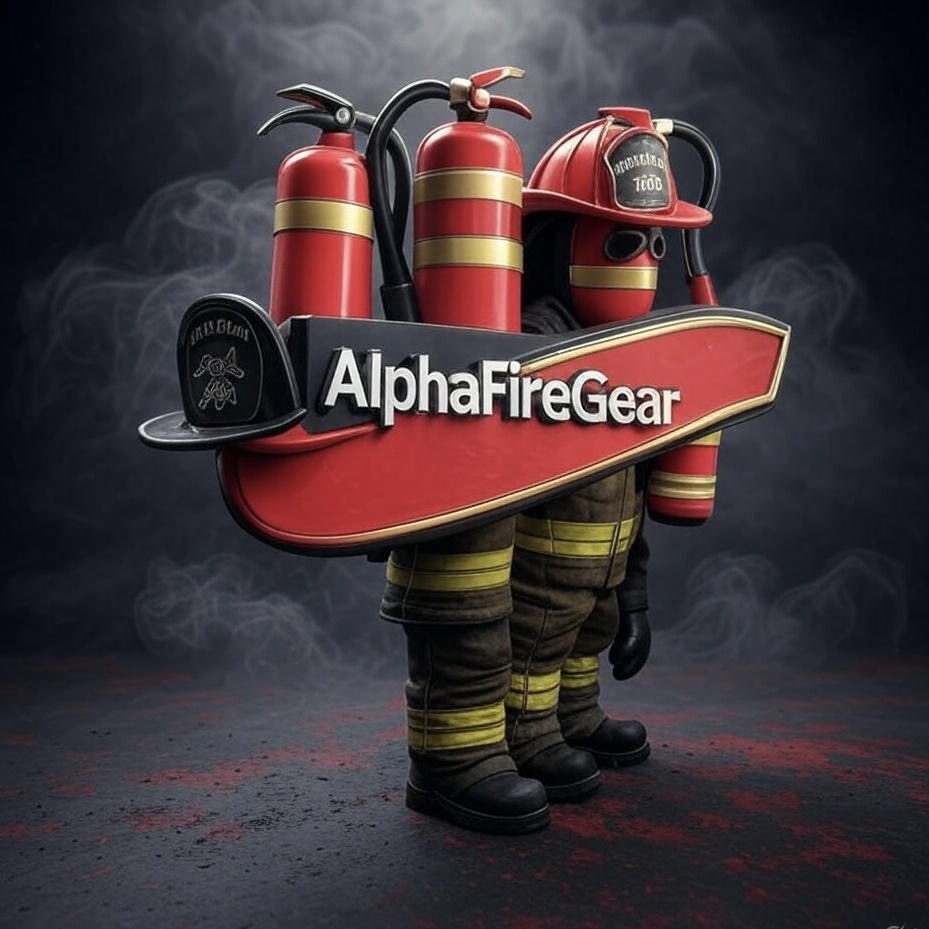
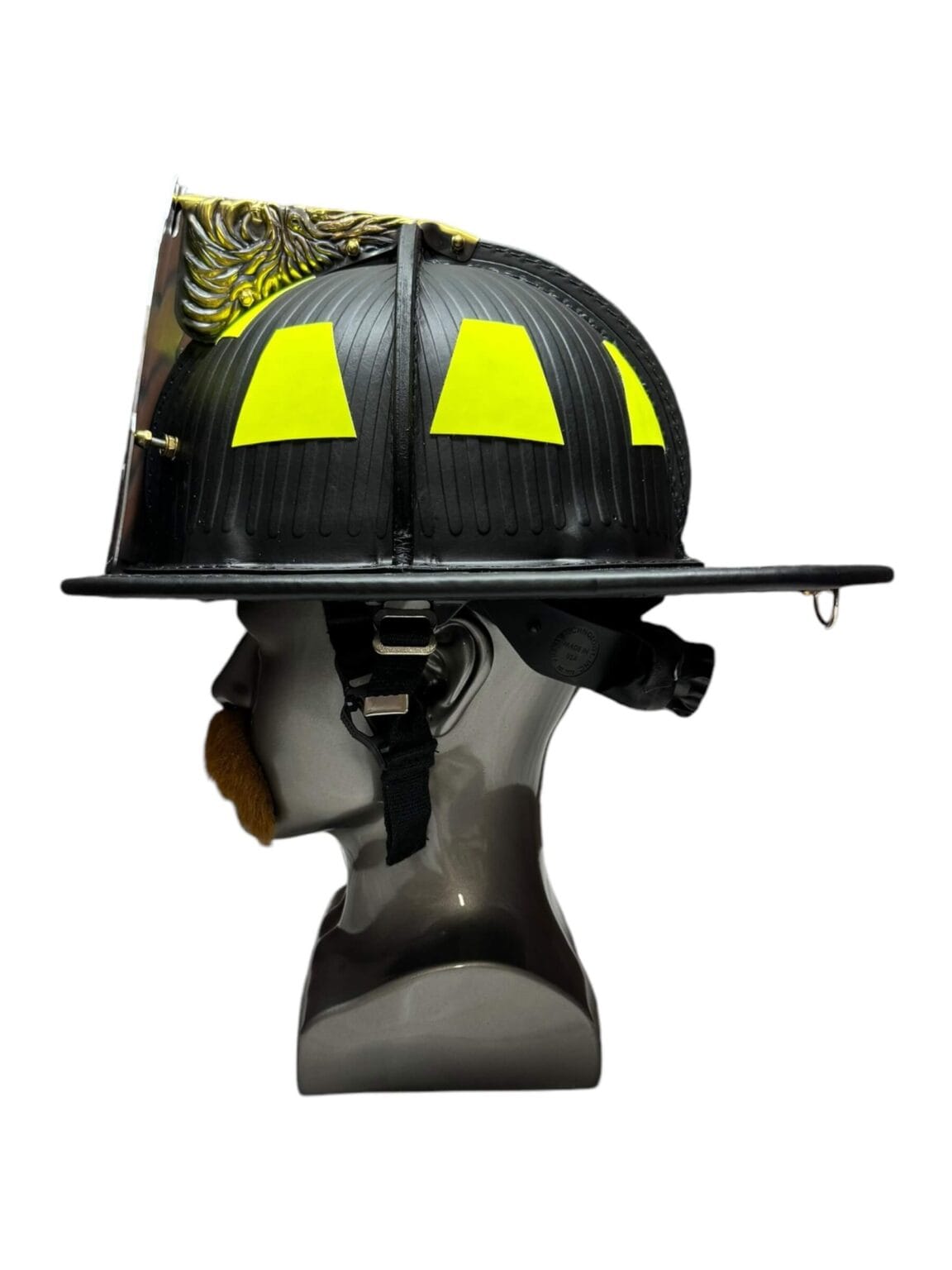
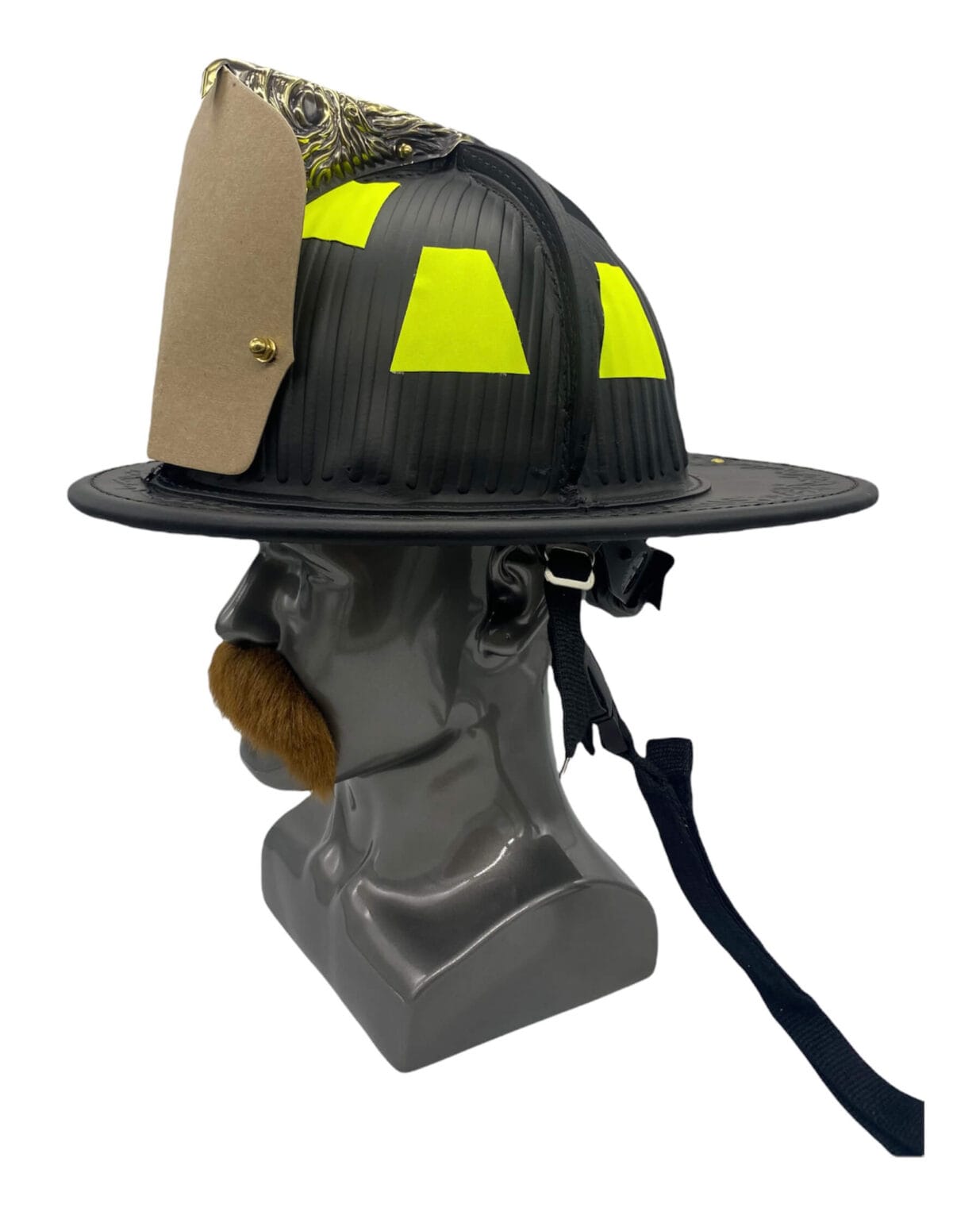

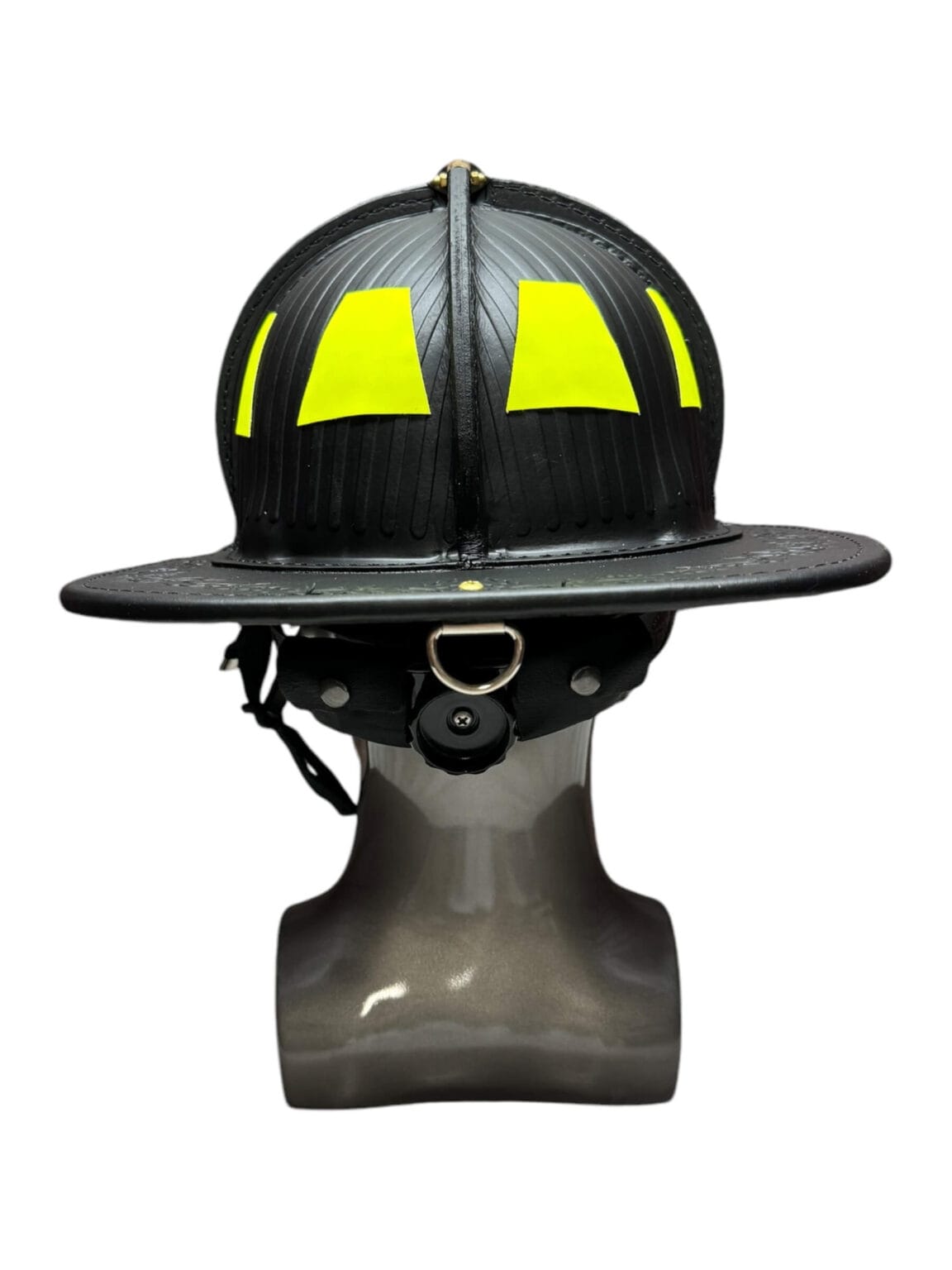
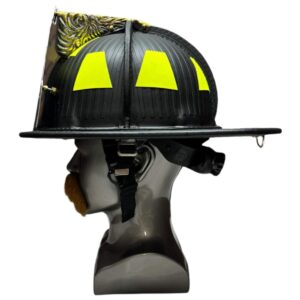
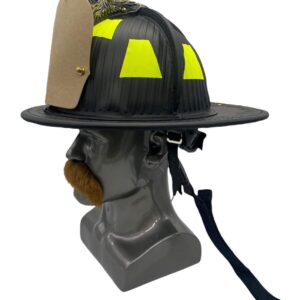

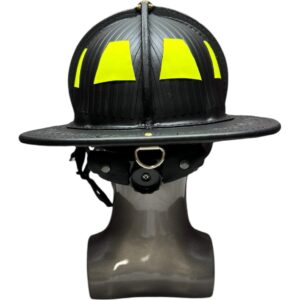

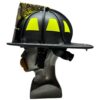
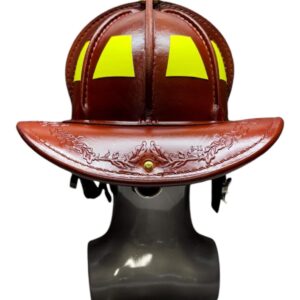
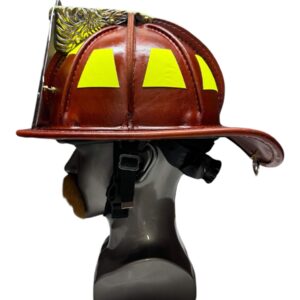
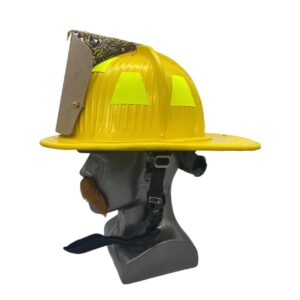
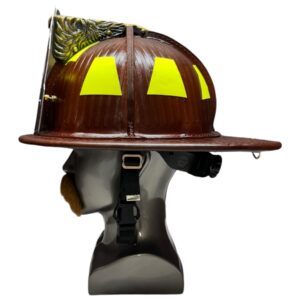
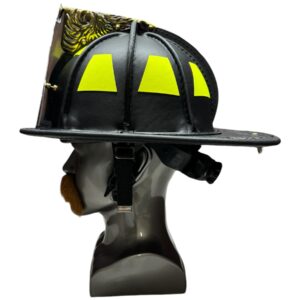
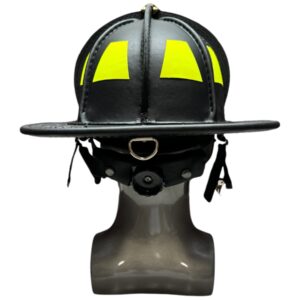









Reviews
There are no reviews yet.